Forestry
The station was named after the former gamekeeper’s lodge at Remitáž, which served the foresters at least since the first half of the 19th century as an estate building and since 1974 also as their administrative seat. The gamekeeper’s lodge at Remitáž appears only on the second military mapping from 1839. Without any doubt, it was somehow connected with the forestry efforts of the Forgach Family, reaching back to the 13th century, when they founded the chestnut park below Gýmeš (station No. 5).
The station is situated on the red marking of the Ponitrianská magistrála (0706), which leads from Kostoľany pod Tribečom through the recreation centre Remitáž to Žirany. Herewith we shall describe the route from Remitáž (station No. 27). From the tourist sign post Remitáž, táborisko (campsite) in 218 MASL at the gate of the campsite we continue to the southwest, passing the fence to the forest border, where we turn right to the west. An ascending gravel path will lead us to the fence of Remitáž, the former gamekeeper’s lodge with a view of the castles Gýmeš and Studený hrad. The marking then turns off the road, to the left, to the southwest, into the forest. Time: 15 min., in the opposite direction 10 min., length 0.8 km, medium challenging.
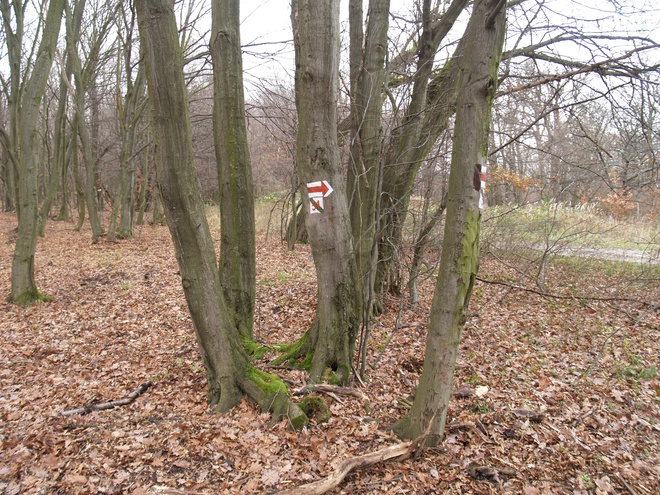
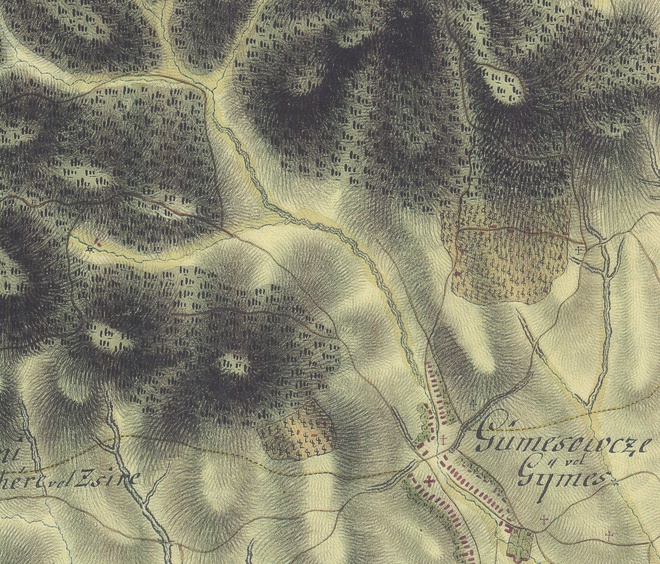
In the course of the Middle Ages the forest was operated by means of specialised ‘Meierhöfe’, as was for example Jedliny in Kostoľany pod Tribečom. Even a parquet factory to process the wood was founded by the Forgachs in Kostoľany.
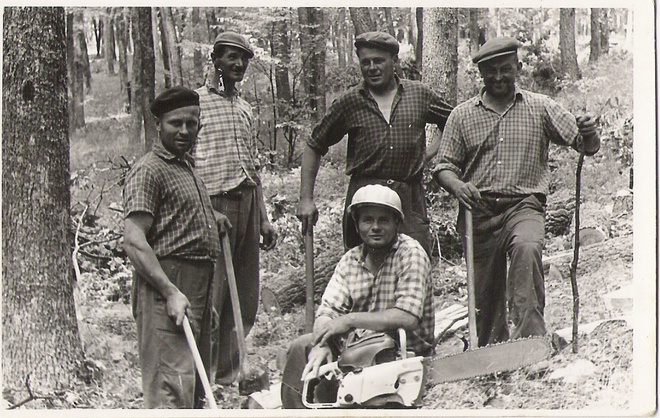
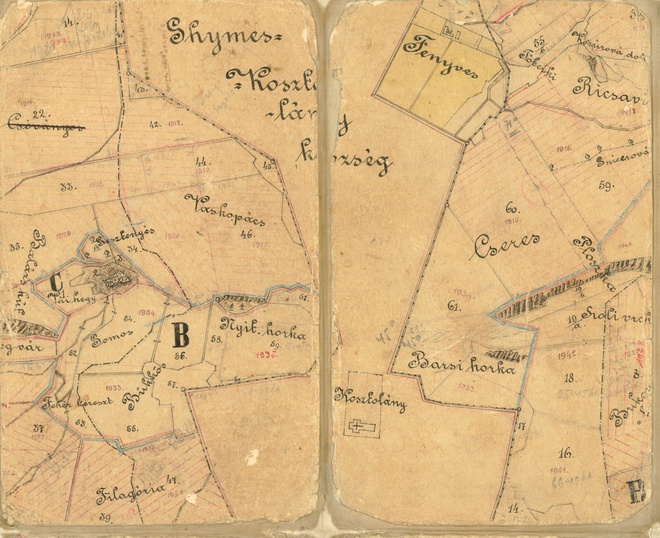
Currently most of the forests around the educational trail are government-owned. The majority of forests in the municipality of Žirany is owned by the Bishopric of Nitra and the forests in the foothills near the settlements belong to various cooperative societies or private individuals. Almost 56% of the territory with the educational trail is forested. The forest coverage is higher than that of Slovakia as a whole (for 2010 a value of ca. 41% was estimated). Forest covers appear between the altitudes of 180 (in the southern part of the Jelenec) to 829.6 MASL (Veľký Tribeč). Oak, beech-oak and oak-beech forests are indigenous here.
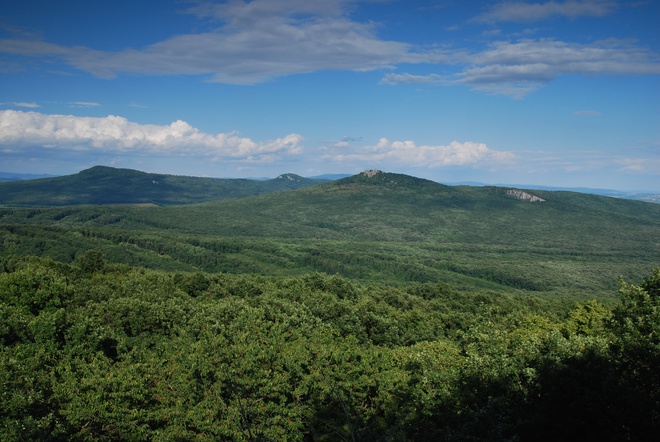
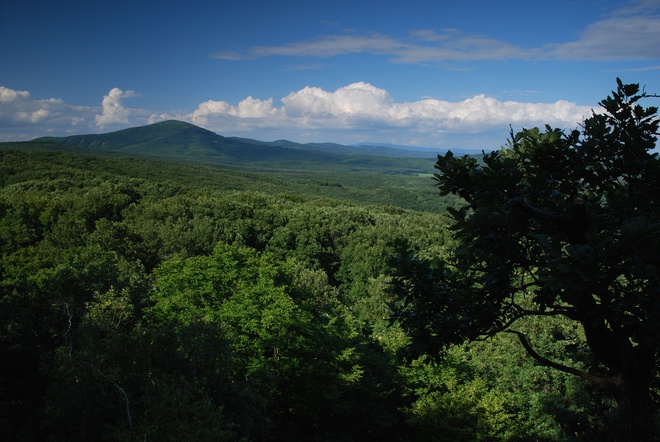
Today forestry is planned and maintained according to the ‘Program starostlivosti o lesy’ (Forest Care Programme). This document defines, usually 10 years in advance, what foresters have to do in view of sustaining the functions of the forest. Forestry is based on categories defined in this programme. We distinguish between commercial forests (their main function is to produce wood and at the same time to fulfil extra-commercial functions), protection forests (these serve to protect the soil, forests of the high mountains and dwarf pines belong here), and forests of a specific purpose (for example municipal and recreational forests, forests in protected areas or forests serving research and education). The educational trail and its vicinity is dominated by commercial forests (more than 91%), followed by protection forests (8%) and only less than 1% are specific-purpose forests.